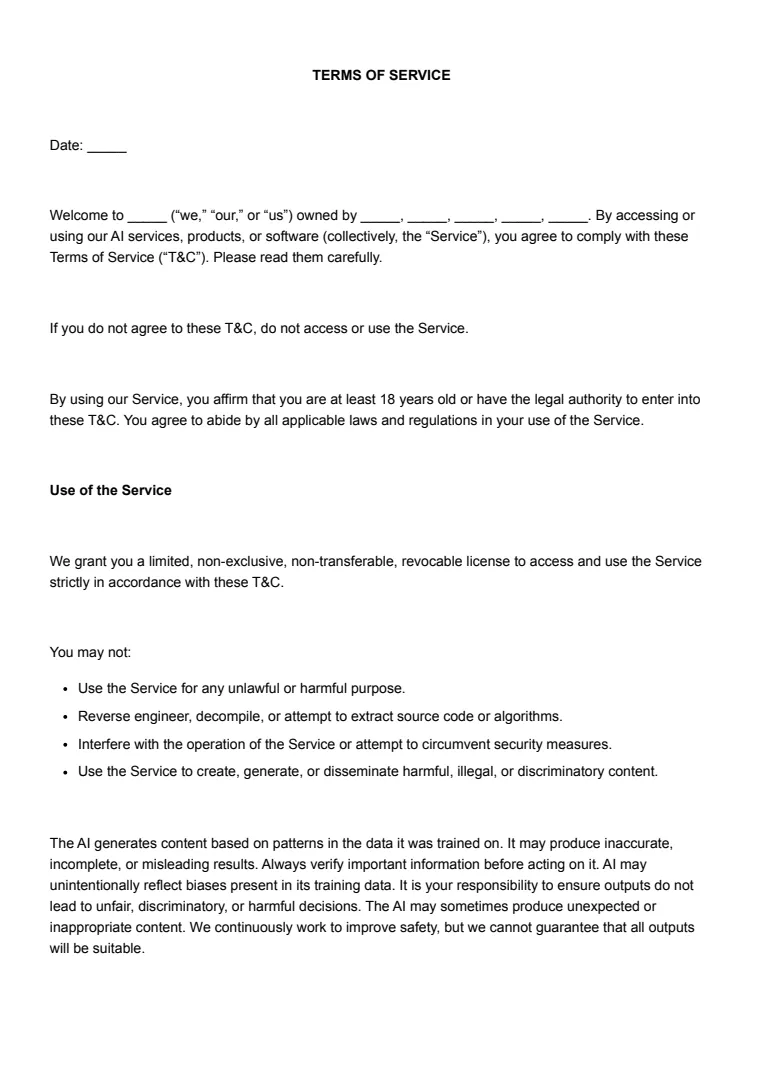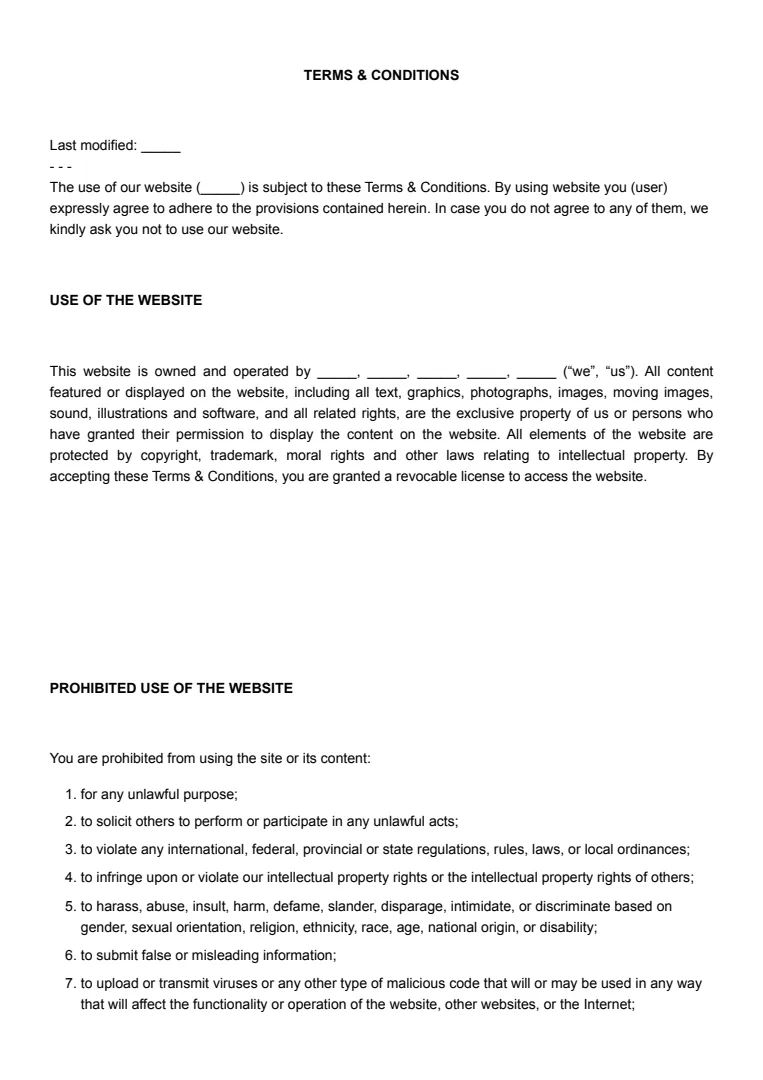What Is a Returns Policy?
A returns policy is a set of rules a business establishes to manage how products can be returned by customers. It spells out the conditions under which items can be returned, exchanged, or refunded. This policy essentially acts as a contract between you and the customers, ensuring both parties know what to expect.
A good return policy addresses several key aspects:
- Time frame: How long do you have to return an item? Typically, this is between 14 and 30 days.
- Condition of items: Are there requirements about the item being unused or in its original packaging?
- Proof of purchase: Do you need to provide a receipt or order confirmation?
The refund policy is often part of the return policy, detailing how refunds are processed. It can specify whether you offer a full refund, store credit, or a replacement product.
A clear and customer-friendly return and refund policy helps build trust and boosts brand reputation. It reassures customers, knowing they can easily handle any issues with their purchases.
Creating a returns policy involves balancing customer satisfaction with the business's logistical and financial considerations. For example, some businesses might allow free returns, covering the shipping cost, while others might ask customers to bear this expense.
A straightforward policy can reduce confusion and potential disputes, ensuring a smoother experience for everyone involved.
When Is a Returns Policy Needed?
A returns policy is essential in several scenarios.
If you sell products online, a clear policy is crucial. Customers need to know how to return an item if it doesn't meet their expectations. This transparency can help build trust.
During busy seasons like Christmas, having a well-defined returns policy is vital. Gifts might be unwanted items or the wrong size, so it's important to offer flexible solutions. This can enhance customer satisfaction and encourage repeat business.
In-store retail environments also benefit from a returns policy. Customers may change their minds or realise they've bought the wrong product. You should outline the conditions clearly for returning or exchanging items to manage customer expectations effectively.
Occasionally, external factors such as the COVID-19 pandemic create unique situations. During these times, businesses may need to adapt their policies to accommodate disruptions, such as extended return periods due to lockdowns or shipping delays.
Whenever there's a possibility that a customer might want to return a product, a returns policy is needed. It provides structure and clarity, allowing you to handle returns efficiently and maintain customer loyalty.
How to Write a Returns Policy
You can follow these steps to create a clear and comprehensive returns policy for your business.
Step 1: Align Your Policy With Your Brand Voice
Start by thinking about your brand voice. Your returns policy should feel like a seamless extension of your usual communication style.
This consistency makes it easier for customers to understand and engage with the information.
Step 2: Outline Conditions for Returns
Clearly specify the conditions under which returns are accepted. Be detailed about time frames, acceptable product conditions, and any necessary documentation.
Whether you offer replacements or refunds, communicate this upfront to avoid misunderstandings.
Step 3: Detail the Exchange Process
If you offer exchanges, create a dedicated section explaining how the process works. Include any specific guidelines to help customers understand what to expect.
Clear instructions improve customer satisfaction and help streamline the process.
Step 4: Provide Clear Contact Information
Include a section with clear contact information for your customer service team. A simple "contact us" link or instructions on how to reach out for returns queries are essential for a smooth customer experience.
Step 5: Train Your Customer Service Team
Decide how you will handle customer service throughout the returns process.
Train your team to provide helpful and efficient service, as this can make or break the customer's return experience.
Step 6: Highlight Key Points with Formatting
Use bold and italic formatting to highlight key points or caveats in your policy. This makes it easier for customers to skim and quickly find important details, enhancing overall understanding and transparency.













